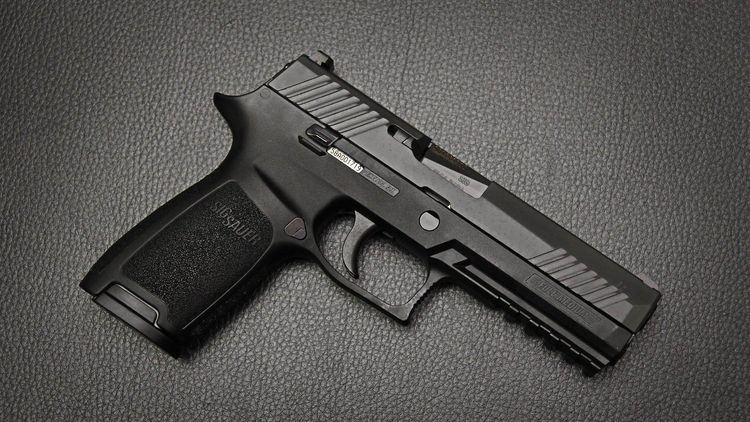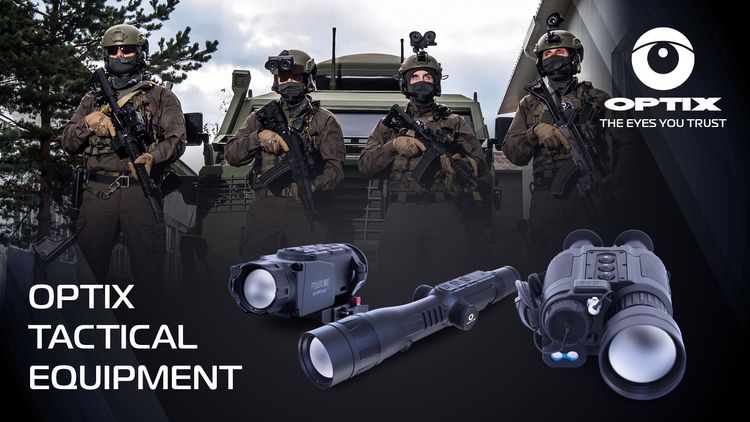The early days of the P320 scandal
It all started with this: The SIG SAUER P320 is selected as the winner of the “Modular Handgun (MHS) Contract Program” in 2017. It replaces the Beretta M9 as the standard service weapon. It is introduced as the M17 (full-size version) and the M18 (compact version) for the US Army, and later also for other branches of the armed forces. SIG Sauer prevailed against Glock, Beretta and FN. The decision was controversial - Glock's range in particular was considered to be more technically advanced. Speculation circulated early on that political influence and price advantages had played a role. Many experts expressed incomprehension about the decision - particularly due to the still young P320 platform and the lack of operational maturity compared to the tried-and-tested Glock 19.
The first controversy: “drop safety”.
In the summer of 2017, the first videos emerged of SIG P320s that fired automatically when dropped onto the backplate (i.e. the plate behind the firing pin) without the trigger being pulled. (Justified) discussions quickly broke out - after all, the P320 had just been procured as a service weapon for the largest western military. And even if the normal competition shooter rarely drops a loaded weapon on the ground, authoirites and the military tend to handle the weapons in a much more “robust” manner. A non-existent drop safety basically means a serious lack of safety in an official environment.
The technical background to the “drop safety affair”.
Objects have mass, and mass means inertia - i.e. resistance to any change in the state of motion. A trigger also has mass and therefore inertia. The trigger was developed in such a way that it can move independently and freely. The following happened in the drop tests mentioned above: The downward movement of the handgun in free fall also caused the trigger to move backwards a little. The so-called “pre-travel” was the P320's undoing. This is because the minimal movement of the trigger “unlocks” the firing pin safety block after just a short pre-travel. But now came the second problem: the production or rather the production tolerances of the firing pin safety. Specifically: stamping vs. metal powder injection molding. Many parts on modern (short) firearms are stamped. This is a very precise, but also expensive production method. The same parts can be manufactured more cheaply using metal powder injection molding.
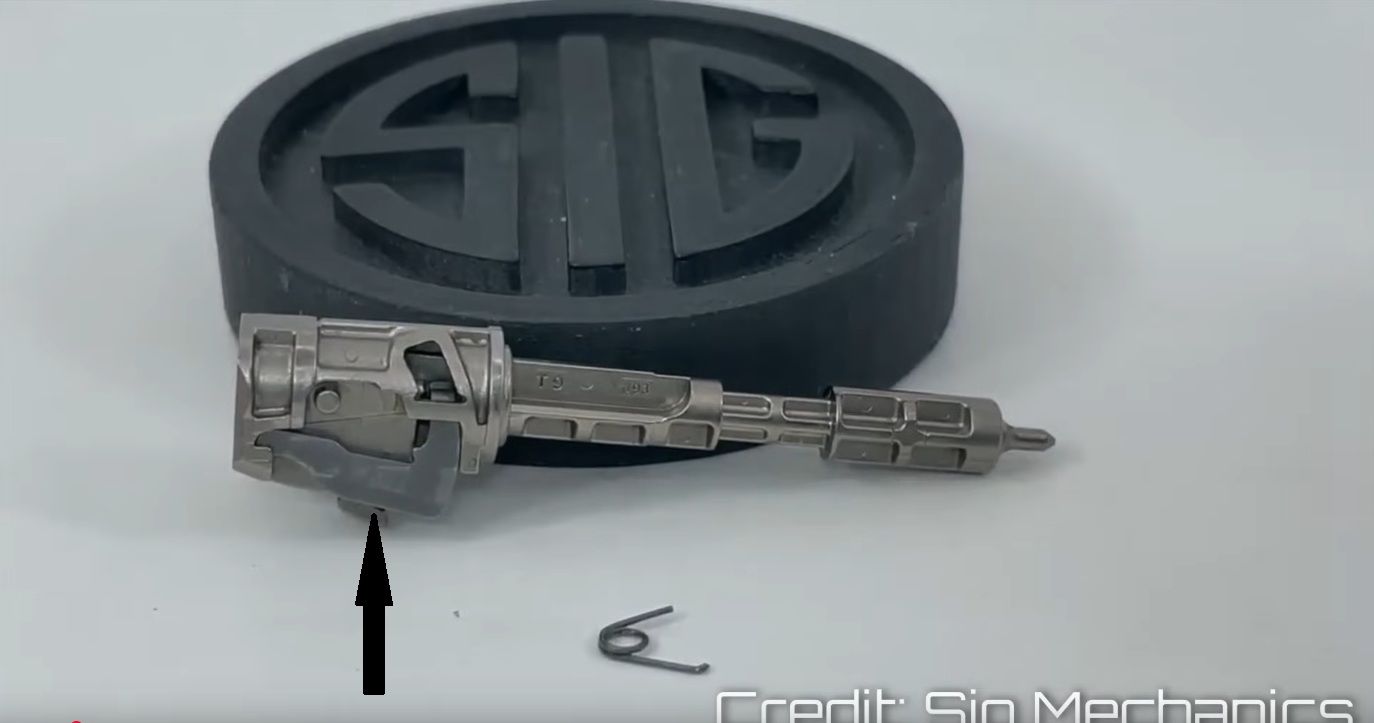
In the so-called MIM (Metal Injection Molding) process, however, the edges of produced parts can exhibit weaknesses due to minimal bubbles during production, which can then break off. The result: poor manufacturing tolerances and inferior edges. The following applies here: If a part has been manufactured in one of the molds affected by bubbles, the edges will definitely break off and the symptoms will get worse over time. If the mold is not affected, the parts will hold. We now know from internal sources that the firing pin safety was planned as a stamped part for precisely these reasons. For financial reasons, however, the decision was made to use metal powder injection molding. Many P320s are therefore not affected by the drop safety problem. But to know whether the Sig Sauer P320 you are holding in your hand is affected, you would have to completely disassemble it and analyze the firing pin safety and its degree of wear - or just know whether the mold from this injection molding batch was affected or not. So it is not a direct, constructive defect that affects EVERY gun, but the possibly inferior production.
SIG SAUER tries to solve the problem
SIG responded with a voluntary upgrade program for owners of the P320. To solve the inertia problems of the trigger, Sig Sauer offered its customers a weight-reduced trigger blade as well as an optimized firing pin safety and firing pin.
Mission success requires tactical equipment you can trust in any environment. OPTIX Tactical Equipment ensures reliability and performance in every operation.
Shots "go off" while the gun is holstered.
But it wasn't long before SIG SAUER was once again the focus of critical reporting. More and more voices are being raised about so-called “unintentional discharges”. Specifically, these are situations in which a shot is fired even though the trigger has not been pulled. Particularly explosive: In several cases, the shots are said to have been fired while the pistol was still in the holster. What sounds like an “urban legend” was confirmed by documented incidents and video recordings, some of them from the bodycams of the police officers involved.

Lawsuits have already been filed in the USA, emergency services have been injured - and trust in the brand, once known for precision and reliability, is beginning to crumble. The online reaction was swift: memes, snarky comments and cynical posts spread like wildfire. They may be entertaining, but at the heart of the matter is a serious debate about the safety of the P320. Whether you're a police officer on patrol, a soldier on duty or a civilian first responder, there's at least one thing you have to be able to rely on when carrying a pistol - that it will only fire when it's intended to. There are now dozens of lawsuits against SIG SAUER in connection with the unintentional firing of the P320. Most of the cases were settled out of court at an early stage. One particularly high-profile case concerns the Montville police department. SIG SAUER made a public statement and attributed the incident to a “user error”: the pistol was not correctly secured in the holster. Possible - but not yet conclusively clarified.
What is striking, however, is the overall picture: The frequency of such incidents is unusually high and bears no relation to comparable problems with other modern service weapons. In almost all cases - around 19 out of 20 - SIG SAUER cites human error or unfortunate circumstances as the cause. Technical defects are consistently ruled out.
The cases that do make it to court almost invariably end with a tacit settlement. The parties involved sign non-disclosure agreements (NDAs) and the public rarely learns the details. This means that the manufacturer's official line remains the same: These are not product defects, but improper handling.
But is that really the whole truth? Or does the problem lie deeper? An alternative explanation could finally shed some light on the discussion:
The Takedown Safety Lever
More and more YouTube videos are appearing that may explain why the SIG SAUER P320 is firing unintentionally. The crucial point here is that the incidents can be reproduced in many of these videos. And if the reason why the errors are reproducible is the actual reason for the unintentional discharges, this should be a disaster for the gun manufacturer SIG SAUER. But first things first.
A key feature of the P320 - and at the same time some of its unique selling point in the market for modern service pistols - is its modular Fire Control Unit (FCU). This is a removable fire control unit that combines all relevant operating elements such as trigger, safety and mechanics on a compact system carrier. This FCU is the component relevant to firearms law and allows the user to combine different grips and slides with one and the same unit - a concept that promises flexibility and individualization.
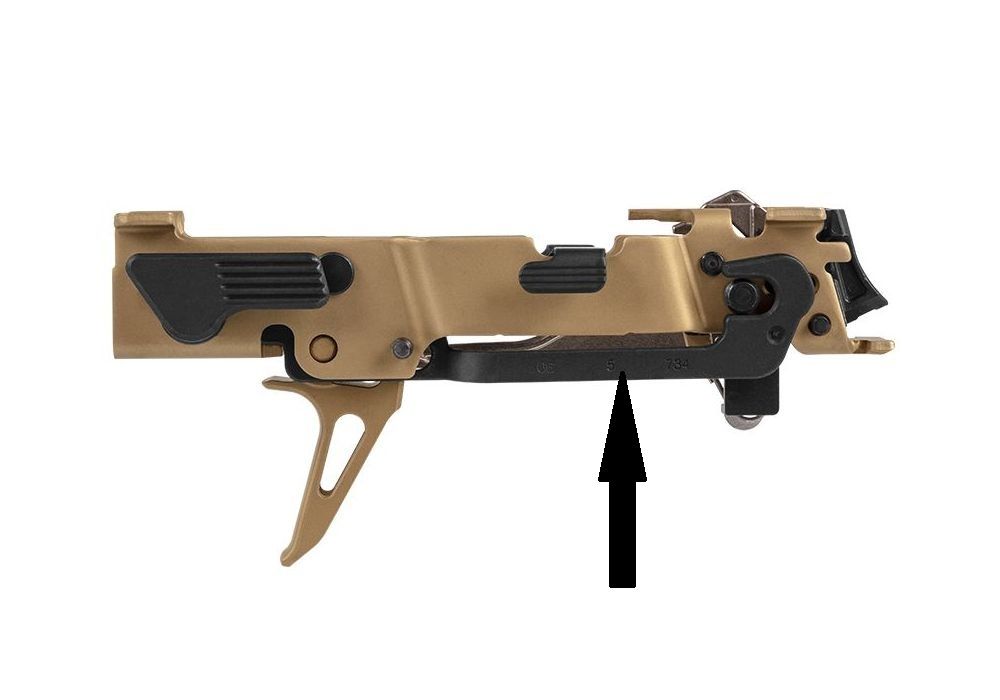
This FCU also contains the so-called takedown safety lever - a component designed to prevent the gun from being disassembled when the magazine is inserted. There are two variants of this safety: one for .357 SIG, .40 S&W and 9x19mm calibers, and one for .45 ACP and 10mm Auto. Both variants are visually very similar, but differ in details - especially in their dimensions and angles.
And this is precisely where a potentially safety-critical problem lies: the disassembly lever of the .45 ACP variant also fits mechanically into an FCU for 9x19mm - although it does not belong there. If the wrong lever is fitted at the factory, the gun can be fully assembled on the outside. Internally, however, the larger lever “lifts” the bolt slightly at the rear - which results in the firing pin being lifted almost completely out of the firing pin safety. Even the slightest jolt - such as getting out of a vehicle - can then be enough to release the firing pin and trigger a shot. However, even today it is still not clear whether this is really the fault in the SIG SAUER factories that led to the countless incidents.
If this design problem is indeed the cause of some of the unintentional discharges, a pressing question arises: How did it get this far? Such an error would have to have been overlooked in logistics, factory assembly and final inspection. The fact that such a serious mix-up between incompatible parts could not only be possible, but could have been installed in series production, would be an incident to be taken seriously - and would have far-reaching consequences for product responsibility, quality assurance and perhaps also for existing weapon systems used by the authorities.
Header: OMAHAOUTDOORS
Mission success requires tactical equipment you can trust in any environment. OPTIX Tactical Equipment ensures reliability and performance in every operation.
Black Trident: Special Purpse Gear & Training. Your Gear is our responsibility. Now, your training is too.

